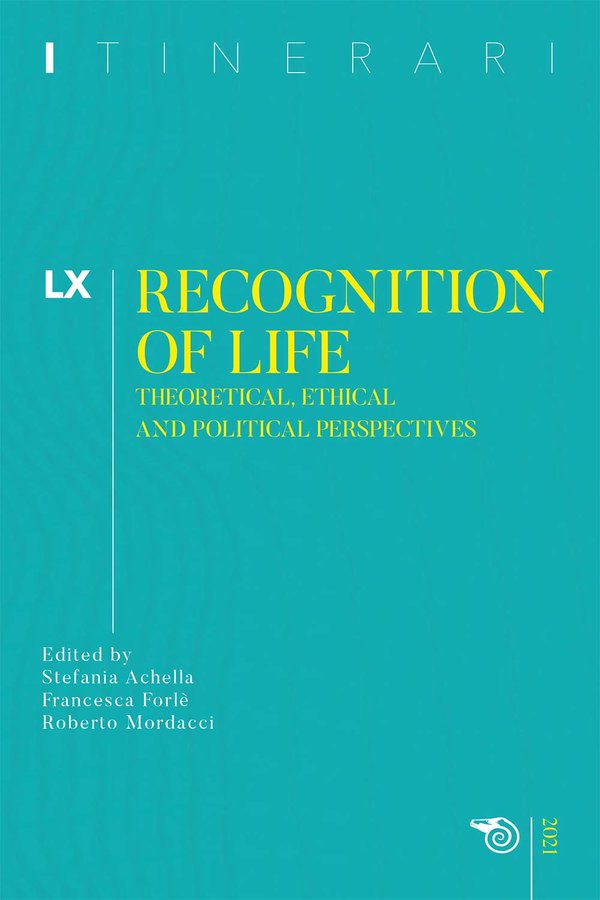Abstract
In this paper I will introduce the notion of ‘natural recognition’, understood as a primary level of recognitive interaction which belongs to our form of life, and which I articulate through the notions of ‘first’ and ‘second nature’. I will then adopt a reconstructive approach and develop a theoretical framework for interdisciplinary research on the ‘recognitive manifold’. Here I will argue that recognitive phenomena are multileveled, multilayered, and multidimensional. I will then focus on the subpersonal layer of recognition, distinguish between its ‘material’, ‘functional’, and ‘phenomenal’ aspects, and I will analyse the role this layer plays for the recognitive constitution of personhood. From this vantage point I will analyse the notion of ‘embodied recognition’, assessing the constitutive role played by the subpersonal layer of the body – both in a genetically-causal and structural sense – as for recognitive phenomena. Habit makes intelligible the relation between the different senses of embodiment and how they relate to subpersonal processes. On this basis I will argue that habit is the fundamental socio-ontological operator for a theory of embodied recognition.

